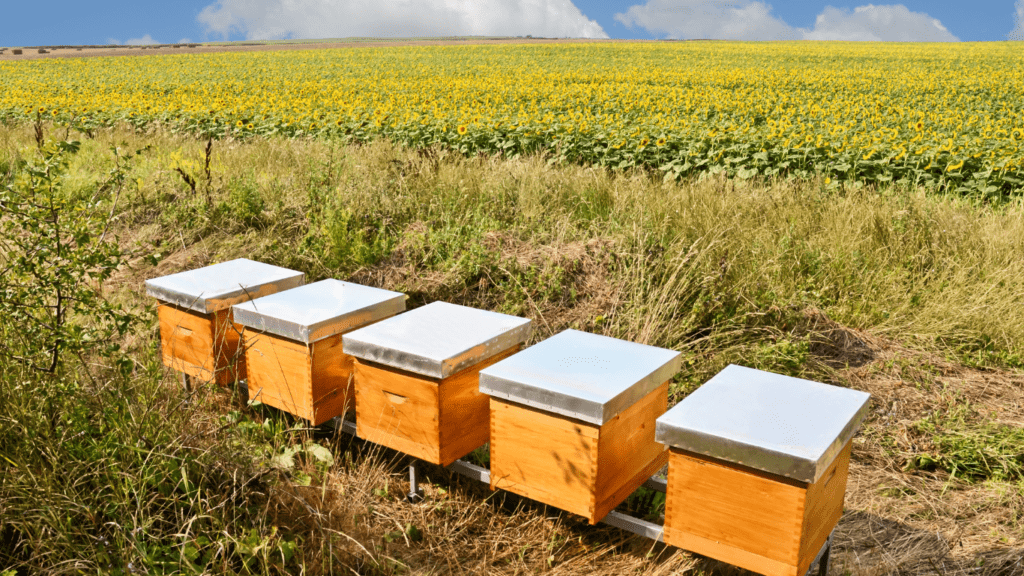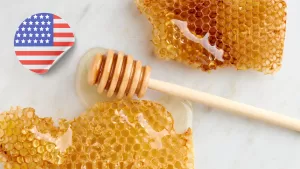Timing is everything when it comes to honey harvesting. Knowing the optimal moment to collect honey is crucial for ensuring its quality, flavor, and abundance. In this blog, we will explore the significance of timing in honey harvesting and discuss the key factors to consider when determining when to collect honey from your beehives.
Section 1: Understanding the Nectar Flow
The nectar flow, the period when flowers are producing nectar, plays a vital role in honey harvesting. This section will explain the concept of the nectar flow, its importance in honey production, and how it varies based on geography, climate, and local flora. Understanding the nectar flow is fundamental for identifying the right time to harvest honey.
Section 2: Monitoring Honey Ripeness
Harvesting honey at the optimal stage of ripeness ensures its quality and taste. In this section, we will explore the visual and sensory cues that indicate honey is ready for harvesting. We will discuss the significance of capped honeycomb, moisture levels, and the flavor profile of ripe honey. Proper monitoring and evaluation of honey ripeness are crucial to avoid harvesting prematurely or too late.
Section 3: Beehive Inspection
Regular hive inspections are essential for determining honey readiness. This section will emphasize the importance of inspecting the beehive frames and assessing the status of the honeycomb. We will discuss the significance of observing capped cells, uncapped cells, and the overall amount of stored honey. Beehive inspections provide valuable insights into the progress of honey production and guide the decision-making process for harvesting.
Section 4: Considering Local Beekeeping Practices
Local beekeeping practices and regional considerations can influence the timing of honey harvesting. This section will highlight the importance of consulting with experienced local beekeepers, joining beekeeping associations, and researching regional guidelines. Factors such as climate, local beekeeping traditions, and environmental conditions specific to your area can provide valuable insights into the best timing for honey collection.
Section 5: Balancing Bee Needs
While harvesting honey is exciting, it’s crucial to balance the needs of the bees with the desire for honey production. This section will emphasize the importance of leaving sufficient honey stores for the bees to sustain themselves through the seasons. We will discuss responsible beekeeping practices that prioritize the well-being of the hive and ensure a sustainable honey harvest.
Timing is a critical factor in honey harvesting, influencing the quality, abundance, and flavor of the final product. By understanding the nectar flow, monitoring honey ripeness, conducting beehive inspections, considering local practices, and balancing the needs of the bees, beekeepers can determine the optimal time to collect honey. Embrace the importance of timing in honey harvesting, and you’ll be rewarded with a bountiful harvest of exquisite honey, while fostering the health and vitality of your precious bee colonies.
We hope this blog has shed light on the significance of timing in honey harvesting. May your beekeeping journey be filled with perfectly timed honey harvests and the sweet joys they bring!



